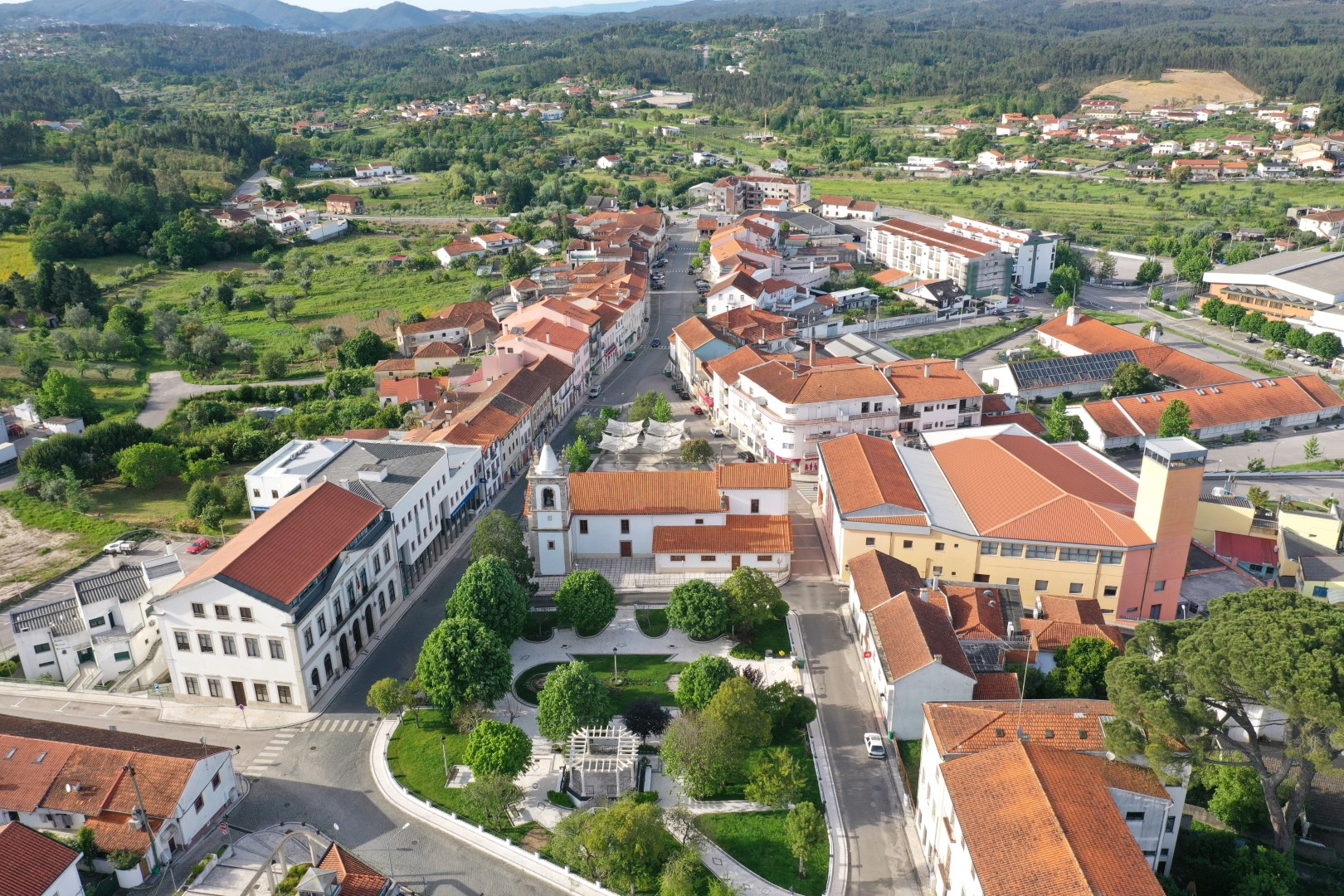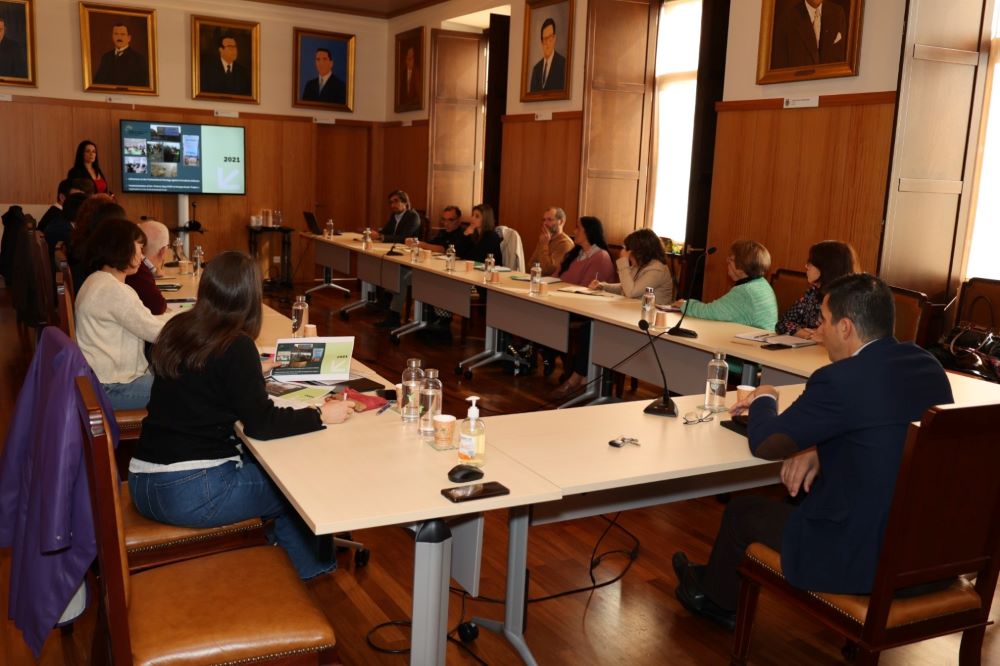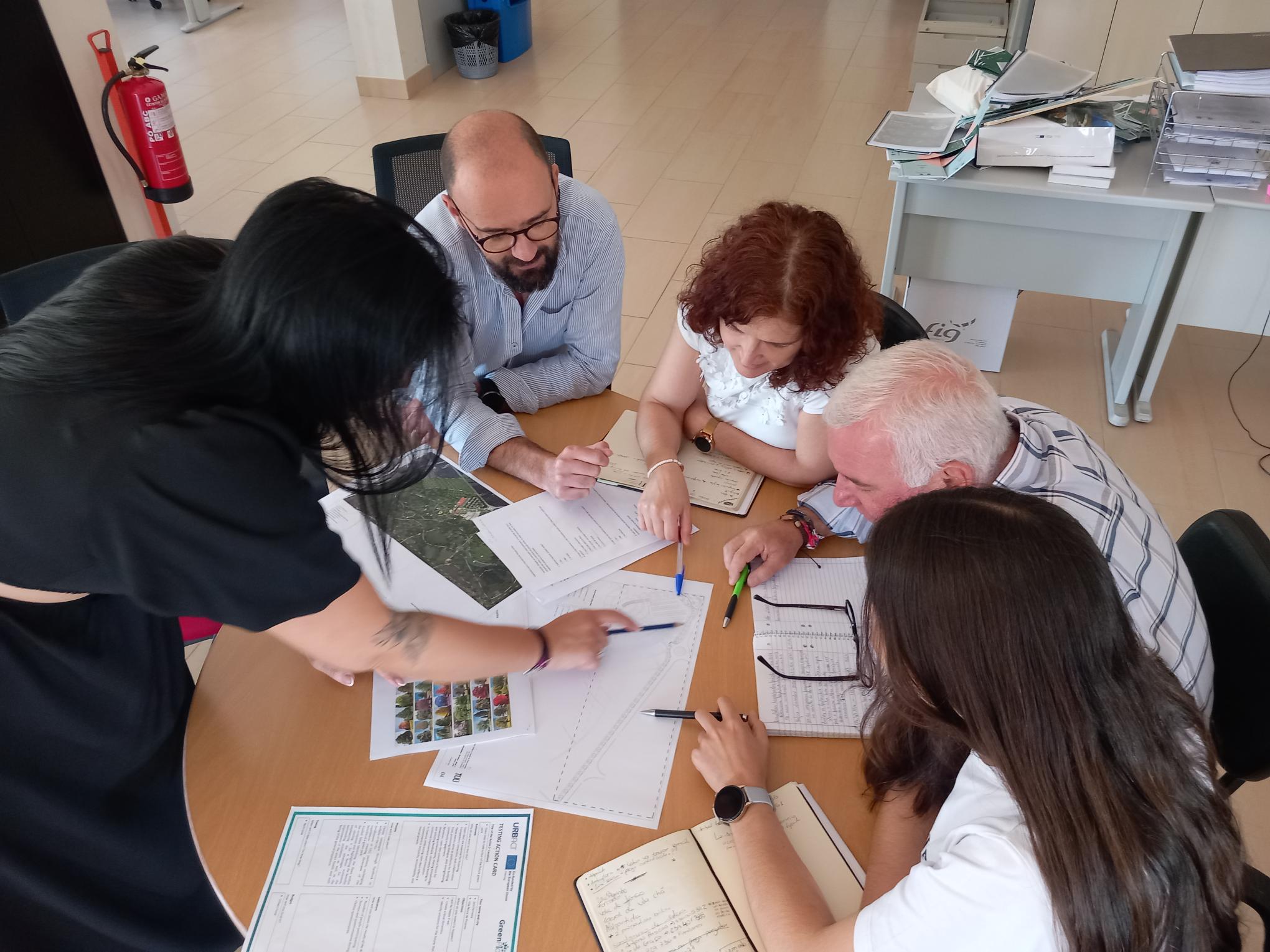Environmental Challenges and Landscape
Vila Nova de Poiares is known for its diverse landscape, which includes forests, agricultural land, residential areas, and two rivers. The territory’s natural beauty lends itself to outdoor recreation, but it also presents environmental risks. The region is heavily affected by invasive species such as eucalyptus, mimosa, acacia, and Asian hornets, which pose a major fire hazard and threaten local biodiversity. These challenges were tragically highlighted by a devastating fire in 2017 that led to loss of life, destruction of property, and the decimation of large forested areas.
The municipality also grapples with frequent flooding due to poor water retention in certain areas, further complicating its land management efforts.
Combating Invasive Species: A Top Priority
One of the key environmental priorities for Vila Nova de Poiares is the control of invasive species. As part of its broader environmental policies and its engagement with GreenPlace URBACT, the city has signed the Green City Accord, committing itself to tackle issues in five areas: air, water, nature and biodiversity, circular economy and waste, and noise.
A flagship initiative in the city’s fight against invasive species is the “Our Forest” Program, launched in 2020. Now in its fourth year, this program focuses on the removal of invasive plants like mimosa and gorse through both manual efforts and the use of machinery for larger plants. It also engages local residents by raising awareness about how they can contribute to invasive species control near their homes, with the active participation of the local ULG in spreading awareness and ensuring stakeholder engagement.
In particularly inaccessible areas, the city has adopted a traditional yet innovative approach: the use of goats to clear vegetation. These animals help manage forest lands by grazing on invasive species, particularly in high-risk fire zones. This method not only reduces fire hazards but also promotes ecological balance by minimizing the amount of flammable material in the landscape.

City Center
Green City Accord and Future Plans
By signing the Green City Accord, Vila Nova de Poiares has reinforced its commitment to environmental sustainability. The city’s environmental strategy for 2024 includes the launch of a plan focused on the five key areas of the Accord: improving air and water quality, enhancing biodiversity, promoting a circular economy, and reducing noise
pollution. The involvement of the local ULG in these initiatives ensures that the community's voice is heard and integrated into broader environmental policies.
Green Sports and Recreation: Integrating Nature and Well-Being
The municipality has found innovative ways to blend environmental sustainability with sports and recreation. One such project is the creation of cycle and pedestrian lanes, which promote sustainable mobility and tourism. The lanes, marked by bright colours red for cyclists and yellow for pedestrians pass through green areas, encouraging both locals and tourists to enjoy the natural beauty of the city while adopting eco-friendly practices.
In another innovative project, Vila Nova de Poiares has developed a mobile app as part of the Erasmus+ Sport Nature 3.0 initiative. This app guides users along the city’s pedestrian routes, offering educational information on local biodiversity, flora, fauna, and historical landmarks. The integration of digital technology with outdoor activities encourages residents and visitors to connect more deeply with nature, further supported by the engagement of the GreenPlace URBACT network, which has highlighted this as a best practice in the field.

ULG Meeting with Lead Expert Marcelline Bonneau
Louredo Natural Park: From Invasive Greens to a Central Recreational Space
One of the city’s most notable achievements is the transformation of the Louredo Natural Park. Once overrun by invasive species, this park was revitalized in 2018 to create a recreational space for the community. The park now offers picnic and barbeque areas, a climbing wall, and canoeing facilities, as well as accessible pathways for people with disabilities. It is a prime example of how the municipality, in collaboration with its ULG, has successfully balanced environmental conservation with the needs of its residents.
Community Engagement and Education
A core strength of Vila Nova de Poiares is its strong community involvement in environmental initiatives. The “Active Forest” project, funded by the European Solidarity Corps, brings together local and international volunteers to work on preserving native species and improving pedestrian routes in the forests. This hands-on project not only benefits the environment but also fosters a sense of community and shared responsibility, particularly among young people and stakeholders who are involved in the local ULG.
Education is also central to the municipality’s strategy. Through a series of environmental awareness programs in local schools, children and their families learn about local biodiversity, sustainable practices, and the importance of conservation. The municipality also participates in the Eco-Schools program, with all four of its schools earning Green Flag awards for their environmental efforts.
A recently renovated "School of the Environment" serves as a hub for environmental education, particularly for children. This space offers hands-on learning experiences, such as observing local wildlife, olive picking, and grape harvesting. It aims to bridge the gap between generations by teaching traditional rural practices in a modern context.

ULG meeting
Participatory Budgeting for Green Projects
Vila Nova de Poiares also promotes citizen participation in its green initiatives through a participatory budgeting program. With an annual allocation of €50,000, this program encourages residents to propose, discuss, and vote on local projects, including those focused on environmental sustainability. This process ensures that the municipality’s green policies are not only top-down but also community-driven. Here too, the local ULG plays a key role in identifying priority areas and facilitating community dialogue.
Looking Ahead: The Green Zone Project
Looking to the future, Vila Nova de Poiares aims to tackle its Green Zone project, an area located between the city’s residential and industrial zones. This green space, devastated by the 2017 fires and affected by floods, is currently underutilized. The city plans to reforest the area, creating a buffer between residential and industrial spaces while also promoting biodiversity and reducing fire risks. Planned infrastructure improvements include new pedestrian and cycling lanes, soft mobility practices, and spaces for recreation.
The Integrated Action Plan (IAP) for the Green Zone is being developed in close collaboration with the local ULG and GreenPlace network members. This partnership ensures that the project aligns with the goals of the network and is shaped by both local and European best practices. A Master Plan has already been drawn up for this ambitious project, with the goal of turning the Green Zone into a space that benefits both nature and residents.
Conclusion: A Model for Small Cities
Vila Nova de Poiares may be small, but its environmental ambitions are significant. Through innovative projects like the Our Forest program, clearing goats, sustainable mobility initiatives, and extensive community engagement led in part by the active local URBACT Group the municipality is taking proactive steps to address its environmental challenges. By involving the community, promoting education, and prioritizing biodiversity, Vila Nova de Poiares is setting an example of how even the smallest cities can lead the way in sustainable urban development.
Article written by Jani Ferreira, October 2024, Vila Nova de Poiares


